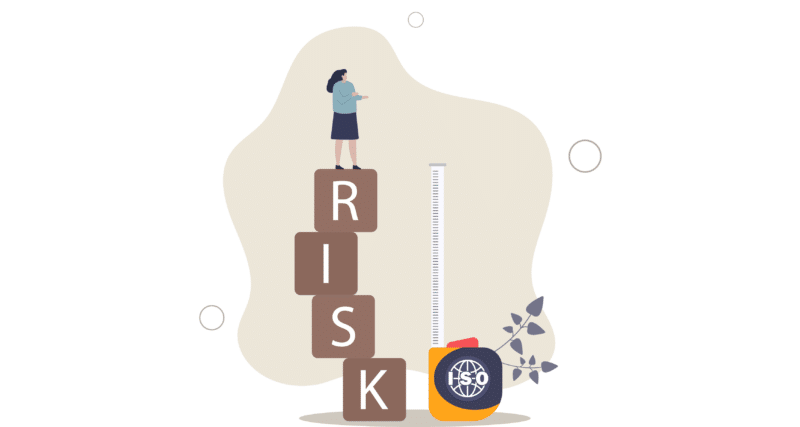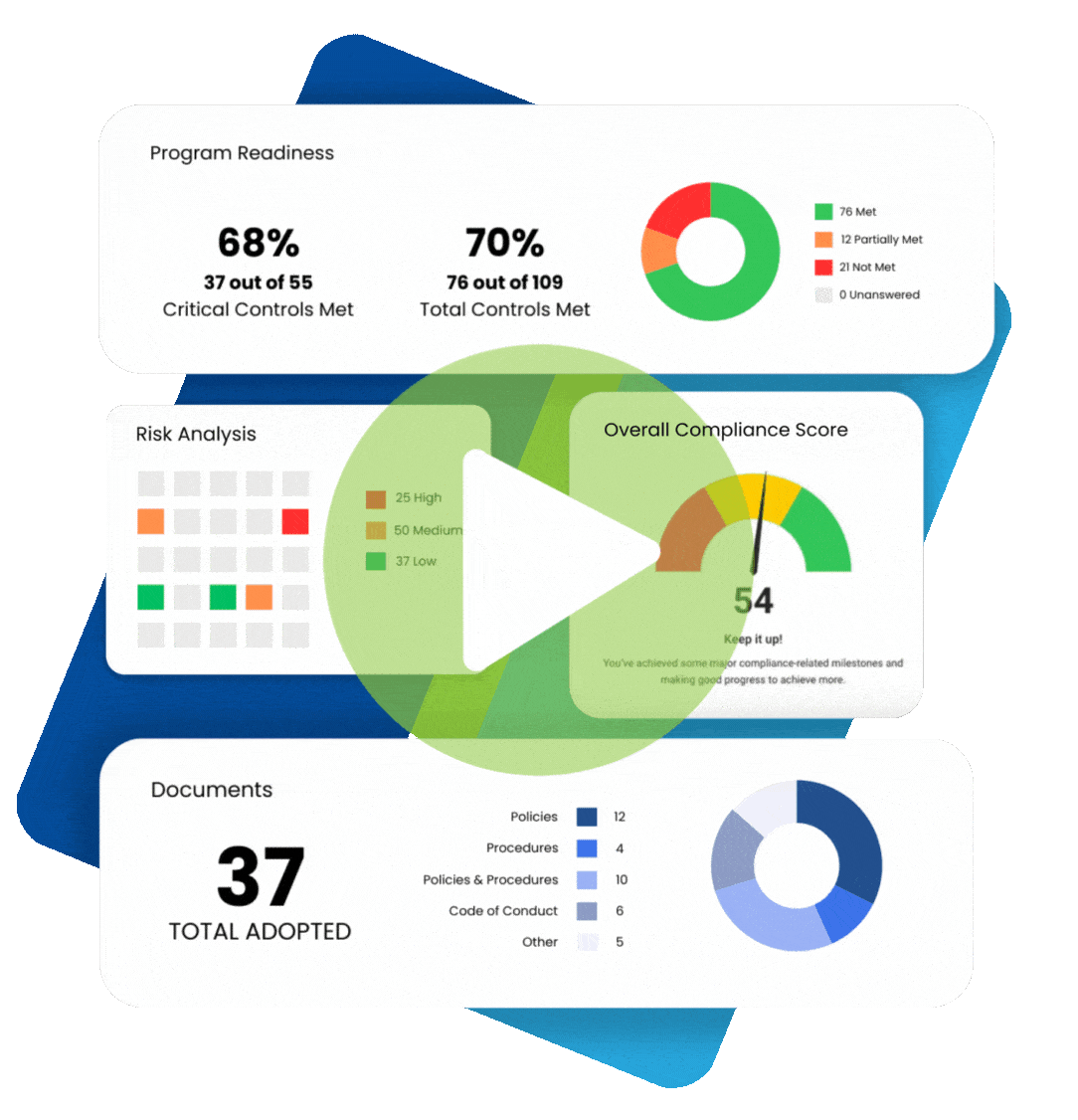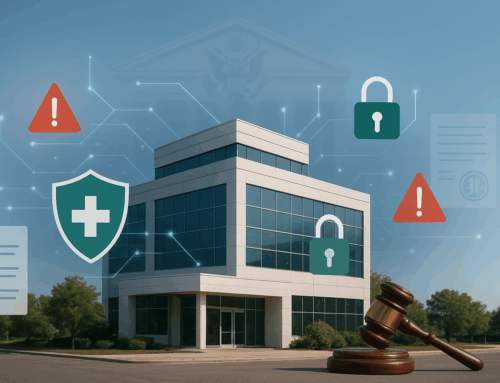
Threats to your organization’s cybersecurity aren’t just inconvenient. They threaten patient and worker safety, undermine your entity’s financial stability, and damage credibility with stakeholders and the healthcare community. Organizations are turning to ISO risk management for comprehensive protection of protected health information (PHI) and organizational infrastructure.
Understanding ISO 27001
The International Organization for Standardization (ISO) 27001 is an information security management system (ISMS) standard with international recognition in healthcare. ISO 27001 delivers a framework that helps organizations manage and improve their information security systems. ISO 27001 risk management policy promotes cyber resilience and constant vigilance over security risks.
If your entity doesn’t yet have ISO 27001 certification, it’s worth considering. Certification can provide you with the skills and resources to implement risk management and mitigation that align with multiple regulations, including the Health Insurance Portability and Accountability Act (HIPAA), the Occupational Safety and Health Act (OSHA), and many others. That’s because the ISO 27001 risk assessment framework allows you to apply controls that cover all compliance areas (e.g., worker safety, PHI protection, prevention of fraud and abuse) without leaving any regulatory gaps.
Applying an ISO 27001 Risk Assessment Framework
ISO 27001 risk management includes a framework that guides you through actionable steps to protect your patients and workforce from threats. Conducting a risk assessment using the ISO 27001 standard is a requirement for ISO 27001 certification. The standard helps you identify each threat and assess its potential impact on your business. It also enables you to prioritize the most salient threats and develop a response plan that best uses your limited resources.
To conduct an ISO 27001 risk assessment, follow these steps.
1. Choose Your ISO 27001 Risk Assessment Framework
The approach to assessing organizational risks generally involves choosing between qualitative and quantitative methods. A more qualitative method involves anticipating hypothetical scenarios involving each risk and asking “what if” questions to assess impact. A quantitative approach is a more data-driven way to define levels of risk and determine their influence. It’s also possible to incorporate both methods for a more well-rounded assessment.
2. Identify and Analyze Your Salient Risks
Before you can identify the potential risks, it’s necessary to pinpoint the assets (e.g., data, hardware) that need protection. From there, you can identify the risks and describe how they could negatively impact each asset.
Analyzing each risk includes determining its likelihood of occurrence. Impact also involves the amount of financial loss, legal ramifications, and other outcomes.
3. Use an ISO 27001 Risk Assessment Matrix
An ISO 27001 risk assessment matrix provides a concrete picture with which to evaluate and prioritize the hazards that threaten your entity. For each risk you identify, assign it a value on a grid with “severity of impact” (low, medium, high) on one axis and “likelihood of occurrence” (low, medium, high) on the other. You’ll see that some threats are higher on one or both axes.
The matrix helps you decide how to allocate limited resources to the most prevalent risk factors. For example, a threat that has a low probability of occurring but has the potential for significant financial loss may require more time, effort, and resources for risk management than a low-probability threat that would result in low monetary losses.
4. Create a Risk Treatment Plan
The results of your risk assessment should inform a risk treatment plan for responding to and mitigating each threat you’ve identified in the previous steps. According to the ISO 27001 risk assessment framework, you should assign to each risk one of the following actions:
- Avoidance: Avoid the risk by preventing the circumstances that make it more likely to occur.
- Transfer: If your organization can’t manage the risk, outsource management or security tasks to an outside entity, such as a cybersecurity company or compliance service provider.
- Acceptance: Absorb the damage if addressing the risk is too costly.
- Treatment: Implement the proper security controls to reduce the likelihood of the risk.
Another essential component of the treatment plan is to assign each risk an owner, someone who approves or improves the actions associated with their risk.
5. Generate a Risk Report That Informs Improvements
A risk report proves you’ve followed the ISO 27001 risk assessment framework. It also outlines the risks associated with each asset according to severity and likelihood. The report details the actions your organization is prepared to take to improve security.
Turn to Compliancy Group for Software Support
Overseeing ISO 27001 risk management policy is a significant undertaking, but compliance software can make it easier to map security controls to ISO 27001 standards. Software from Compliancy Group automates more administrative tasks, provides controls to answer ISO 27001 risk assessment questions, and creates a risk assessment matrix based on your answers.
At Compliancy Group, we work with various healthcare organizations to master ISO 27001 risk management. Contact us today to learn how our compliance software can support your ISO 27001 risk management.









